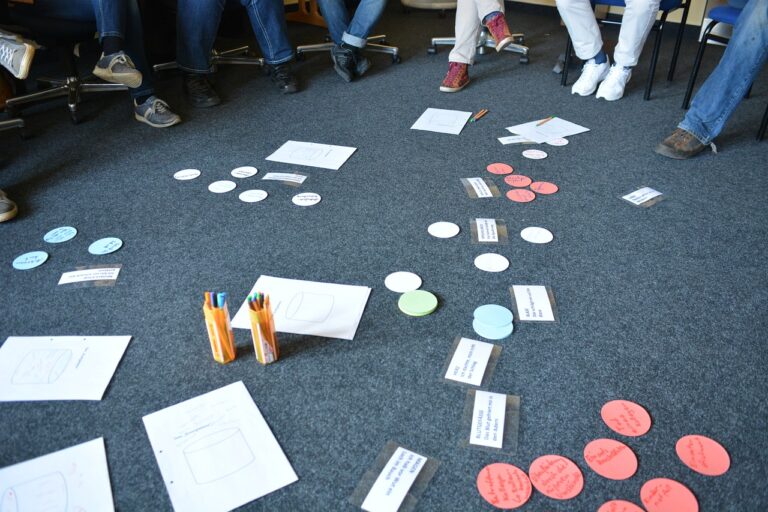The Impact of COVID-19 on Global Education
Navigating the landscape of remote learning presents an array of challenges for students worldwide. The absence of face-to-face interaction with teachers and peers can lead to feelings of isolation and disconnect. Students may struggle to stay motivated and engaged without the physical presence of a traditional classroom setting to keep them accountable.
Furthermore, the shift to online learning platforms can sometimes be overwhelming for students who do not have the necessary technology or internet access. This digital divide can hinder their ability to participate fully in virtual classes, complete assignments, or even access educational resources. As a result, disparities in access to technology have become more pronounced, exacerbating inequalities in education.
Shift towards online education platforms
The global shift towards online education platforms has been accelerated by the COVID-19 pandemic, forcing students and educators to adapt to virtual learning environments. With traditional classrooms becoming less viable due to safety concerns, institutions have swiftly embraced digital tools to ensure continuity in education delivery. As a result, online platforms have witnessed a surge in usage, offering a wide range of courses and resources to cater to diverse learning needs.
The transition to online education has presented both opportunities and challenges for students. While the flexibility of learning from anywhere has been a boon for many, the sudden shift has also exposed the digital divide prevalent among students. Lack of access to reliable internet connection and appropriate devices has hindered the learning process for those from underprivileged backgrounds, widening the gap in educational attainment. Despite these challenges, the rapid adoption of online platforms signifies a significant paradigm shift in the field of education, indicating a future where virtual learning may become a more integral part of academic life.
Digital divide and access to technology
With the sudden shift towards remote learning, students have faced significant challenges in accessing necessary technology for their education. The digital divide has become more apparent as disparities in access to computers, high-speed internet, and other technology have created barriers for many students. This lack of access not only hinders students’ ability to participate fully in online classes and complete assignments but also perpetuates existing inequalities in education.
Furthermore, the reliance on online education platforms has posed additional obstacles for students lacking access to technology. As schools and universities increasingly utilize digital tools for learning, students without proper devices or internet connectivity are at a disadvantage. This lack of access not only impacts academic performance but also contributes to feelings of isolation and disconnect from the learning community. Addressing the digital divide is crucial to ensuring that all students have equal opportunities to succeed in their education.
What is the digital divide?
The digital divide refers to the gap between those who have access to technology and the internet and those who do not.
How has the digital divide impacted students during remote learning?
Students without access to technology or the internet have faced challenges in participating in remote learning, leading to disparities in education outcomes.
Why has there been a shift towards online education platforms?
The COVID-19 pandemic has accelerated the adoption of online education platforms as a way to continue learning remotely while maintaining social distancing measures.
How can the digital divide be addressed?
Efforts to address the digital divide include increasing access to technology and the internet for underserved communities, providing subsidies for internet services, and promoting digital literacy skills.
What are some potential solutions to bridging the digital divide?
Some potential solutions include providing technology devices to students in need, expanding broadband infrastructure to rural areas, and offering digital skills training programs.





